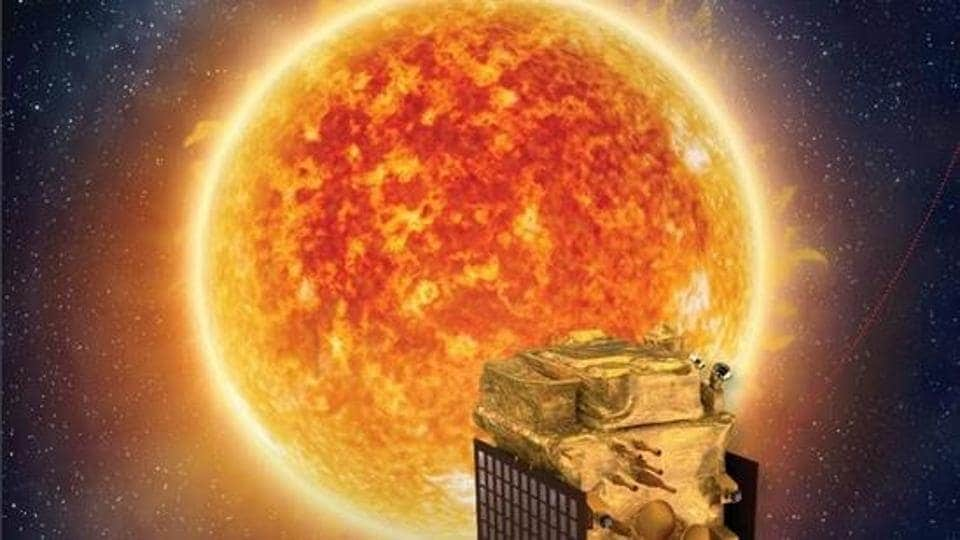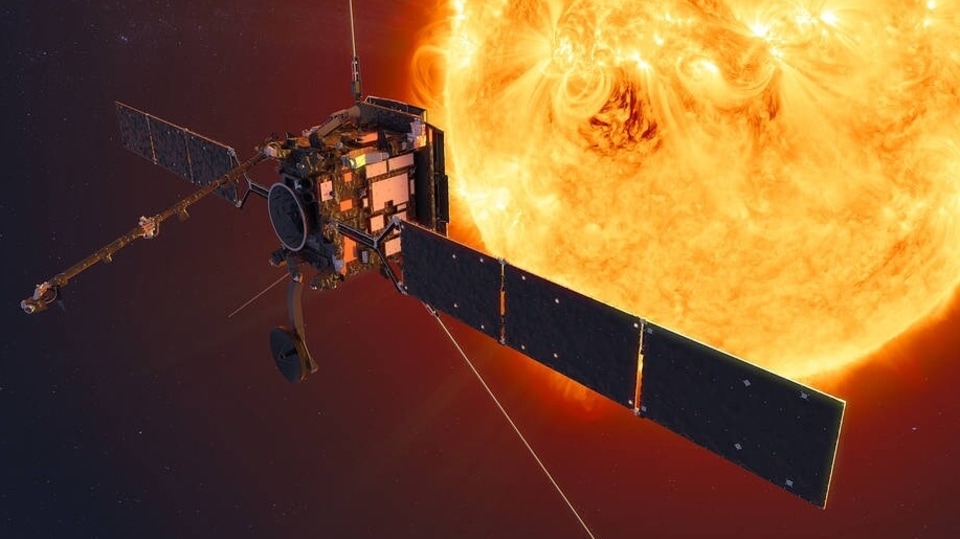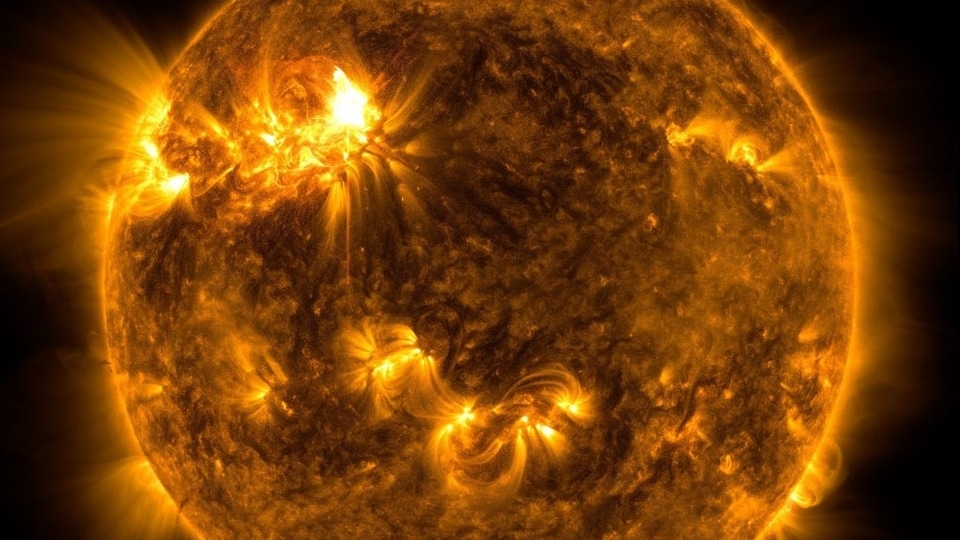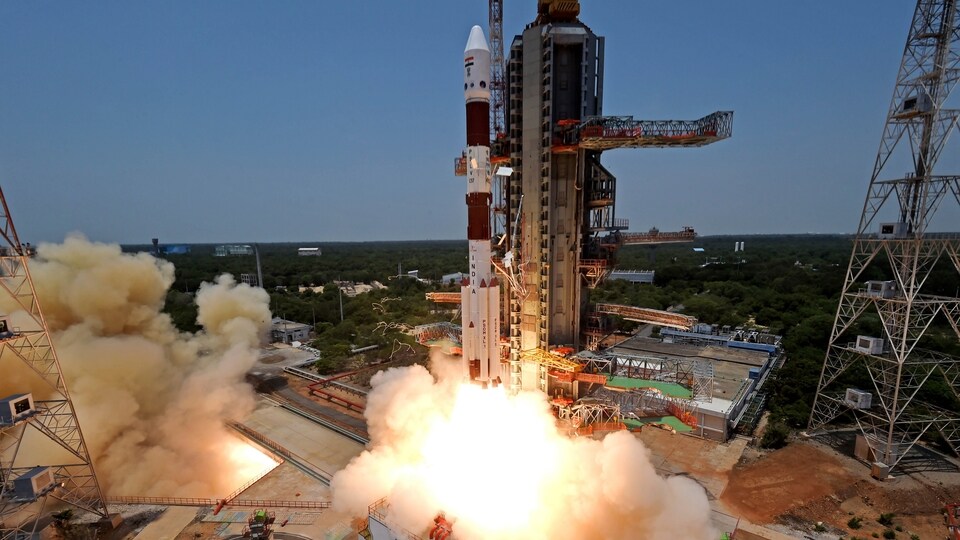ISRO’s Aditya-L1 will join NASA’s Solar and Heliospheric Observatory (SOHO) at L1 point
India’s maiden solar mission, Aditya-L1 will join the Solar and Heliospheric Observatory (SOHO) at the L1 point. Here’s how it compares against NASA and ESA’s premier Sun-watching instrument.






 View all Images
View all ImagesIndia's maiden solar mission successfully lifted off today, September 2 at 11:50 AM IST from the Satish Dhawan Centre in Sriharikota. The spacecraft, named Aditya-L1, has embarked on a 1.5 million-kilometer journey to the Sun, where it will be placed in the halo orbit around the first Lagrange point (L1) of the Sun-Earth system. Interestingly, Aditya-L1 will join four other spacecraft that are already placed in similar orbits - the Solar and Heliospheric Observatory (SOHO), Advanced Composition Explorer (ACE), Global Geospace Science (GGS) Wind and the Deep Space Climate Observatory (DSCOVR).
Here's how the Indian Space Research Organization (ISRO)'s Aditya-L1 compares to NASA and ESA's Solar and Heliospheric Observatory (SOHO).
Aditya-L1: Details
Aditya-L1 will now travel approximately 1.5 million kilometres to the Sun. The spacecraft will be placed in a halo orbit around the Lagrange 1 (L1) point for a 5-year mission. The mission aims to unravel the mysteries of the Sun, such as the cause behind Coronal Mass Ejections (CMEs), solar flares, solar weather, and more.
According to ISRO, Aditya-L1 is carrying seven payloads to study the photosphere, chromosphere and coronal layer of the Sun, which will be done using electromagnetic and particle directors. All the payloads will help scientists develop a greater understanding of the dynamics of solar weather, problems of coronal heating, pre-flare and flare activities, and more.
The seven payloads are - Visible Emission Line Coronagraph (VELC), Solar Ultra-violet Imaging Telescope (SUIT), Solar Low Energy X-ray Spectrometer (SoLEXS), High Energy L1 Orbiting X-ray Spectrometer (HEL1OS), Aditya Solar wind Particle EXperiment (ASPEX), Plasma Analyser Package for Aditya (PAPA), and Magnetometer (MAG).
Solar and Heliospheric Observatory: Details
The Solar and Heliospheric Observatory or SOHO was launched in 1995 by NASA in collaboration with the ESA, and it began operations in May 1996. It was initially launched as a 2-year mission but has now completed 25 years of service. According to NASA, SOHO aims to study the Sun “inside out”, meaning it has been conducting analyses from its deep core to the outer corona and the solar winds.
SOHO is equipped with 12 scientific instruments, such as an Extreme Ultraviolet Imaging Telescope (EIT), Michelson Doppler Imager (MDI), LASCO (Large Angle and Spectrometric Coronagraph), and others. SOHO captures images of the sun's corona, measures the velocity and magnetic fields of the sun's surface, and observes the faint corona around the Sun.
Catch all the Latest Tech News, Mobile News, Laptop News, Gaming news, Wearables News , How To News, also keep up with us on Whatsapp channel,Twitter, Facebook, Google News, and Instagram. For our latest videos, subscribe to our YouTube channel.
































